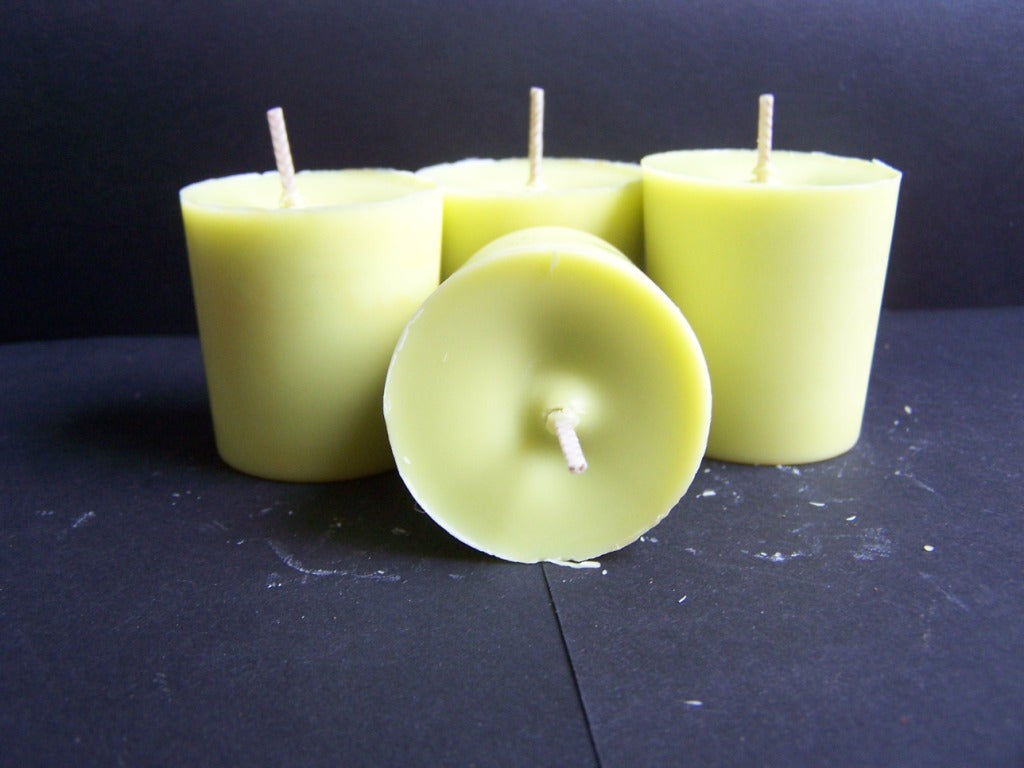From Wick to Wax: Understanding the Chemistry Behind Soy Wax Candles and Their Ecological Influence
As we illuminate our rooms with the warm radiance of candles, there lies a world of elaborate chemistry behind the relatively basic act of lighting a soy wax candle. The selection in between soy and paraffin wax expands beyond mere appearances, delving right into the realm of ecological effect and the really composition of the products. Recognizing the molecular structure of soy wax and its burning procedure clarifies the exhausts launched right into our environments. Join us as we decipher the clinical intricacies behind soy wax candles and explore their ramifications on our atmosphere.
Soy Wax Vs. Paraffin Wax
When comparing soy wax and paraffin wax for candle making, it is vital to comprehend the distinctive features and advantages of each product. Soy wax is a natural, eco-friendly resource originated from soybean oil, making it eco-friendly and eco-friendly - crystal soy candles. On the other hand, paraffin wax is a result of petroleum refining, which elevates worries concerning its environmental effect and sustainability
Soy wax candle lights shed cleaner and give off less residue compared to paraffin wax candles, making them a much healthier choice for indoor air top quality. Furthermore, soy wax has a lower melting point, permitting a longer-lasting candle light that spreads fragrance more effectively. Paraffin wax, on the various other hand, has a tendency to shed faster and less easily, possibly launching dangerous chemicals into the air.
From a sustainability point of view, soy wax is favored for its biodegradability and renewable sourcing, aligning with the growing customer preference for ecologically aware items. While paraffin wax has actually been a conventional choice in candle light making because of its affordability and ease of use, the change towards environment-friendly options like soy wax is obtaining energy in the industry.
Chemical Structure of Soy Wax

Combustion Process in Soy Candles
The chemical composition of soy wax directly influences the combustion process in soy candle lights, impacting factors such as burn time, scent release, and ecological effect. When a soy candle is lit, the heat from the flame thaws the wax near the wick.
The burning performance of soy candle lights is influenced by the purity of the soy wax and the high quality of the wick. A clean-burning soy candle with an appropriately sized wick will create a steady flame and minimize residue i thought about this formation. This not only expands the shed time of the candle light however also enhances the release of fragrances. Furthermore, soy wax candle lights have a reduced environmental impact contrasted to paraffin candles as a result of their eco-friendly and biodegradable nature.

Ecological Benefits of Soy Wax

Thought about a sustainable choice to traditional paraffin wax, soy wax uses remarkable environmental benefits that make it a preferred choice among eco-conscious customers. Soy wax burns cleaner and creates much less soot than paraffin wax, contributing to better interior air top quality and decreasing the demand for cleaning and maintenance. Generally, the ecological advantages of soy wax straighten with the growing demand for green and sustainable items in the market.
Recycling and Disposal Considerations
Recycling and proper disposal of soy wax candle lights play an essential duty in maintaining environmental sustainability and decreasing waste in communities and houses. When it comes to recycling soy wax candle lights, the first action is to guarantee that the candle has actually melted completely. This can be accomplished by allowing the candle light to shed until the wick is no much longer functional, and after that letting the remaining wax cool and solidify. As soon as the wax has solidified, it can be meticulously eliminated from the container.

In terms of disposal, if recycling is not an alternative, soy wax candles are eco-friendly and can be safely taken care of in many family waste systems. Nonetheless, it is always suggested to talk to local reusing centers or waste management services for particular guidelines on candle Recommended Site disposal to ensure appropriate handling and environmental defense.
Verdict
In verdict, the chemistry behind soy wax candles reveals their ecological benefits over paraffin wax candle lights. Soy wax, derived from soybean oil, burns cleaner and generates less soot when contrasted to paraffin wax.
When Extra resources contrasting soy wax and paraffin wax for candle production, it is vital to comprehend the distinct features and benefits of each material (home fragrance).Soy wax candle lights shed cleaner and discharge less soot compared to paraffin wax candles, making them a much healthier choice for indoor air high quality.Taken into consideration a sustainable alternative to traditional paraffin wax, soy wax provides remarkable environmental benefits that make it a preferred selection among eco-conscious customers. Soy wax burns cleaner and generates much less soot than paraffin wax, adding to far better interior air quality and minimizing the requirement for cleaning and maintenance.In final thought, the chemistry behind soy wax candles reveals their environmental advantages over paraffin wax candle lights